When you vote for president in the U.S., your vote is not going directly to your chosen candidate. Instead, your vote is met with a middle man first — a process called the Electoral College.
You first cast your vote in your state. From there, the majority vote winner in each state receives all of the state’s electoral votes. These electoral votes are then tallied and the candidate with the majority of the electoral votes wins the election.
The Electoral College has 538 members and 270 of those votes are needed to win the election.
The number of electors or electoral votes each state receives is determined through a process called apportionment, which is the distribution of electors to each state proportional to their respective populations.
So in theory, every electoral vote across America should represent the same number of people, right?
Unfortunately, that is not quite the case.
Each state is allocated a number of electors equivalent to the total number of congressional representatives they have. So, the number of senators plus the number of representatives in the House.
Minnesota has two senators and eight members of the House of Representatives, so we have 10 electoral votes total.
A common comparison example of electoral votes is between California and Wyoming. California has 54 electoral votes and a population of roughly 39.5 million. Wyoming has three electoral votes and has a population of roughly 584,000. With this, a vote cast in Wyoming carries more than three times the weight as a vote in California.
Wyoming is the least populous state, yet its electoral votes are some of the most powerful.
Because of this disproportionality, presidential candidates focus their campaigns on certain battleground areas or swing states that carry a lot of electoral weight, like Pennsylvania or Michigan, instead of prioritizing the most votes overall.
Minnesota has one of the highest voter turnouts in the country, yet you often won’t see candidates campaign here because the state has voted so consistently blue. Our electoral votes aren’t up for grabs.
Nick Campos, a political science doctoral student at the University of Minnesota specializing in American political polarization, said this creates an unbalanced allocation of campaign resources to these swing states.
“If we look currently at the electoral college system, there’s such an incredibly disproportionate amount of time spent, money and field offices in these few select states,” Campos said. “Because ultimately, this is what will flip the election and are our battlegrounds.”
Riley Letendre, a third-year student and Florida native, said she is instead casting her vote for president in Florida this year because of the larger weight it carries.
“For me, voting has always been very important at home to contribute to Florida’s chances of going blue,” Letendre said. “This is the first time I’m doing it from Minnesota, I’m just figuring it out. My mom is visiting me right now, and she’s going to bring my ballot back with her.”
Because Florida is a somewhat purple state, Letendre’s vote could have a much larger impact on the election result, than say votes cast nearby in Alabama, which has been very consistently red.
There have been five presidential elections in which the winner of the electoral college, and in turn the presidency, did not win the popular vote. Meaning, there have been five elections in which the decision was not reflective of majority American opinion.
To place that number in a broader context, excluding 2024, the U.S. has only had 59 presidential elections in total. If five of 59 had a minority opinion winner, that is a little more than 8%. Of those five, two have occurred in the 21st century with the 2000 and 2016 presidential elections.
Campos also said the Electoral College has become more significant in the last several cycles.
“In more recent elections, really starting in 2000, elections have become so close that you’re getting to the point in which the popular vote and the electoral college are much closer,” Campos said. “You start to notice those discrepancies in the fact that through the electoral college system, your vote matters more in certain states.”
The electoral college system was established at the Constitutional Convention of 1787, and is written in Article II of the Constitution. While associated with being uniquely American, there were actually several other countries that employed similar systems for some time including Colombia, Chile, Argentina, Finland and France.
In contrast to the U.S., all of these countries abandoned the system by the 20th century.
The U.S. is one of the world’s modern democratic pioneers, yet we rely on a system that has been left behind by so many.
Caitlyn Barrett, a political science doctoral student at the University specializing in American politics, said that while flawed, the Electoral College allows more representation of minority ideas, which was perhaps the original attempt by our founding fathers.
“The biggest limitation to just a popular vote is the overrepresentation of a majority faction,” Barrett said. “Unpopular ideas will be more easily pushed out.”
Barrett said that ranked-choice voting systems — voting by ranking candidates in order of preference — could be one alternative to the Electoral College that would still represent minority opinion while allowing votes to have equal weight.
While the Electoral College will undoubtedly have a disproportionate impact on this year’s election, all hope for equal representation is not lost.
Minnesota is one of several states to sign on to the National Popular Vote Interstate Compact — an agreement saying that the state’s electoral votes will go to the winner of the popular vote regardless, essentially eliminating the sway the electoral college has.
The President of the U.S. is the most powerful person in the country and, undoubtedly, one of the most powerful in the world. I want my vote here in Minnesota to matter just as much as those cast in states like Pennsylvania, Michigan and Florida.
Shouldn’t we all?



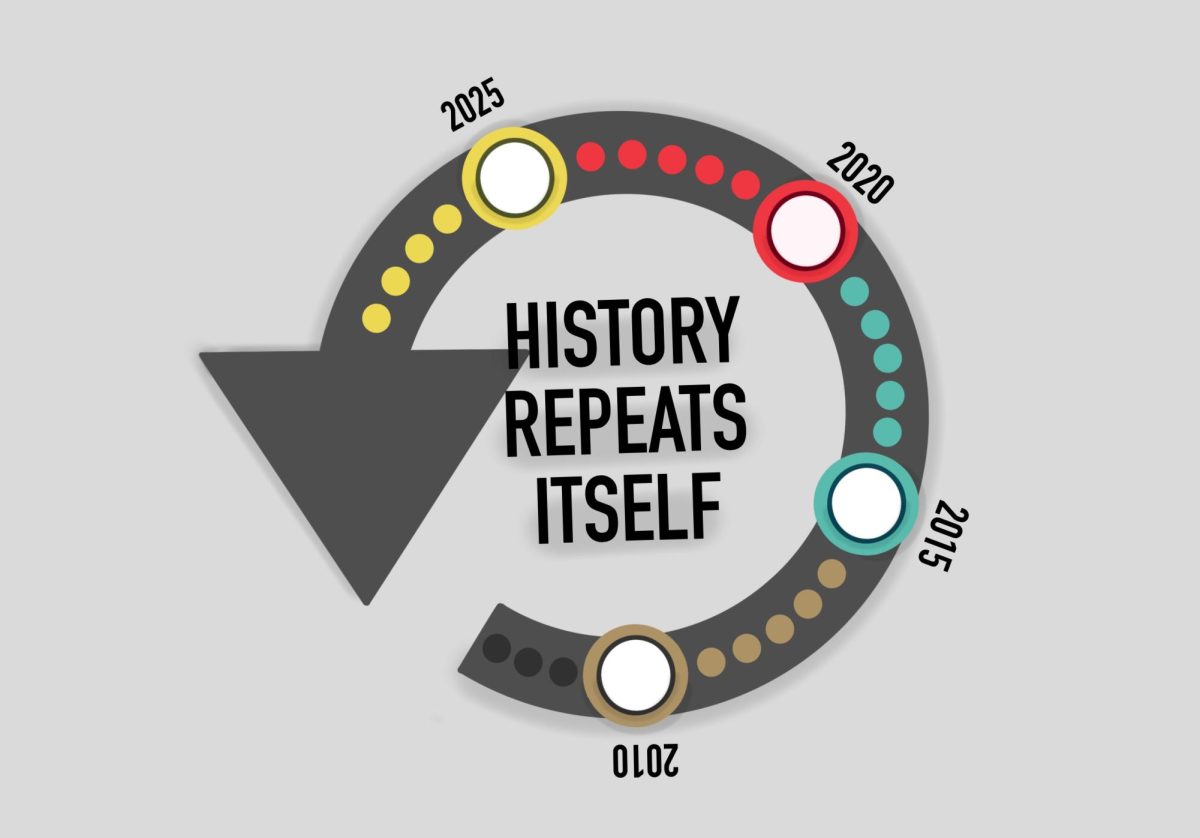
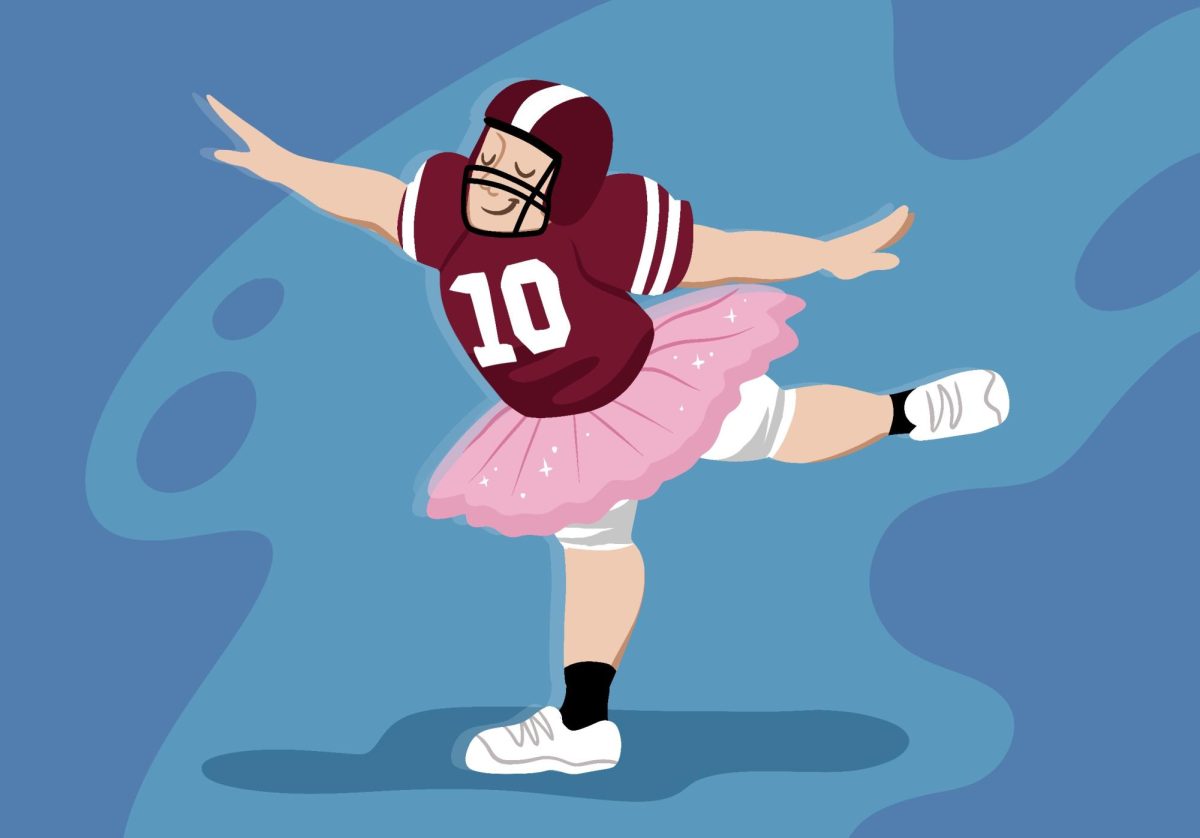
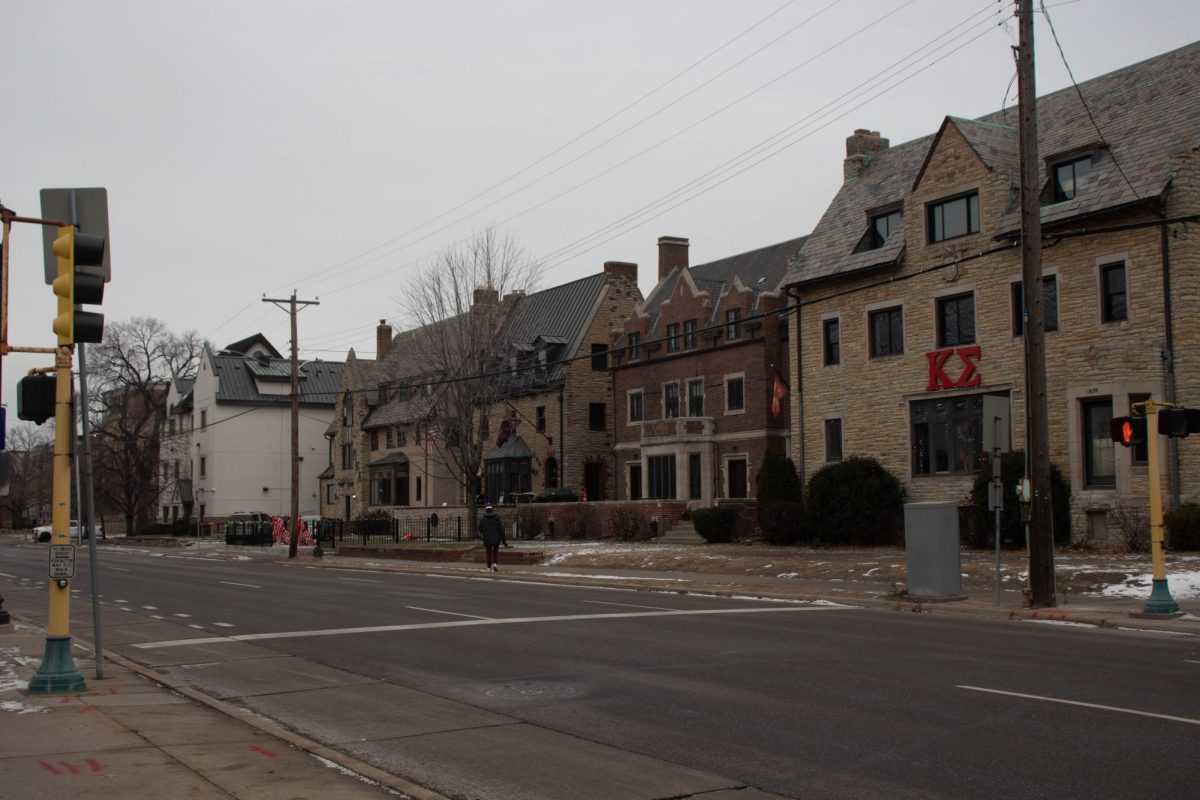

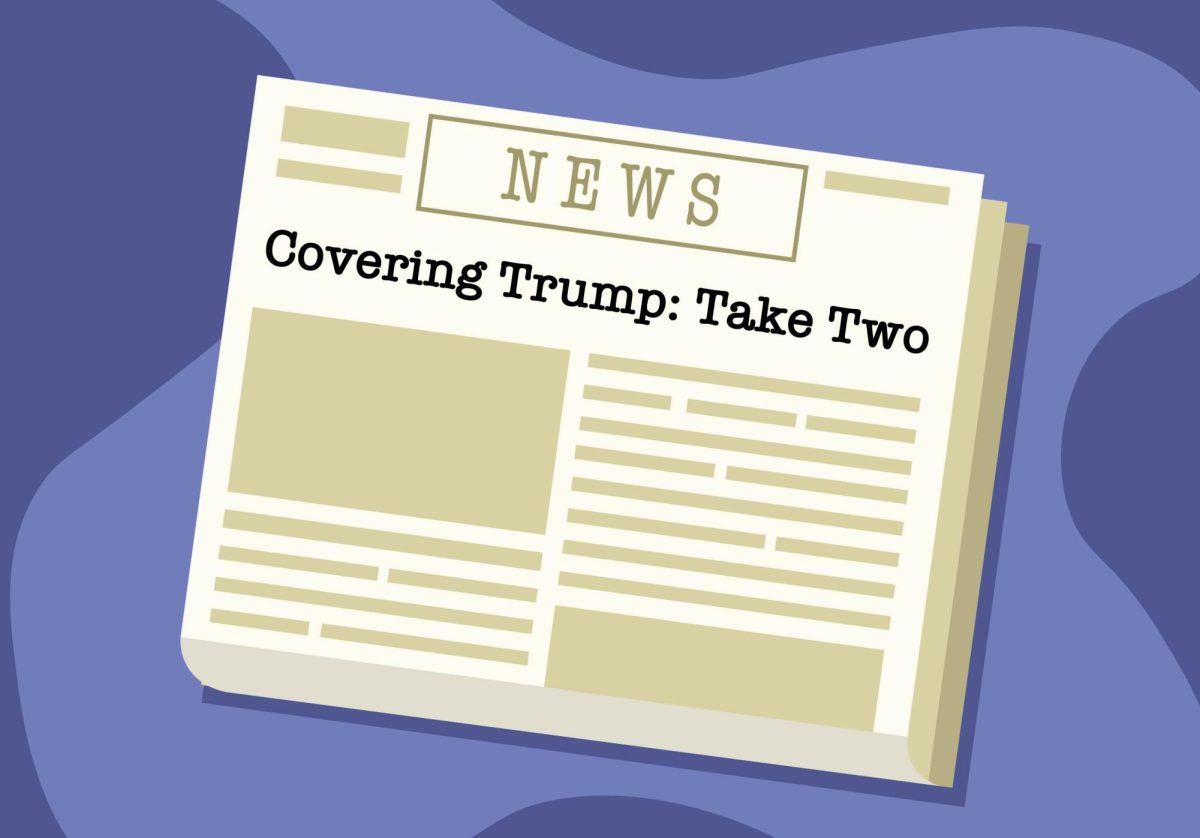





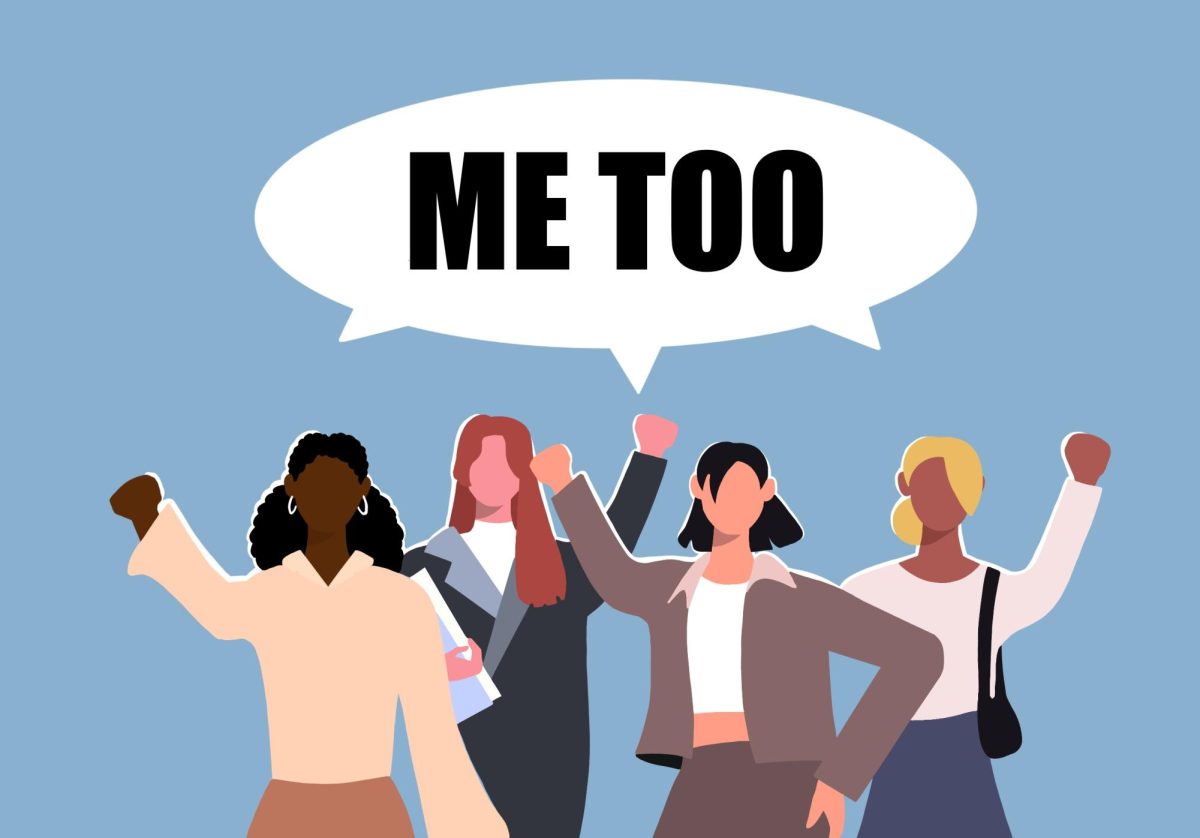

Name (required)
Nov 8, 2024 at 3:49 pm
This article is disappointing.
Dmurray
Nov 5, 2024 at 3:41 pm
Gov’t 101 — the United State of America is not a democracy. It is a Constitutional Republic. The founding fathers wanted to guard against the tyranny of the majority.
The United States operates as a constitutional republic, a form of government that involves representatives elected by the people, who execute their duties under the constraints of a prevailing constitution that specifies the powers and limits of government.
One fundamental principle of a constitutional republic is the protection of minority rights against the potential tyranny of the majority. This design counters direct democracy, where majority rules could potentially ride roughshod over minority interests. The U.S. Constitution outlines various checks and balances intended to prevent any single branch of government from gaining absolute power, thereby protecting individual rights from being infringed upon by majority vote.
Dmurray
Nov 5, 2024 at 3:31 pm
Gov’t 101 — the United State of America is not a democracy. It is a Constitutional Republic. The founding fathers wanted to guard against the tyranny of the majority.
The United States operates as a constitutional republic, a form of government that involves representatives elected by the people, who execute their duties under the constraints of a prevailing constitution that specifies the powers and limits of government.
One fundamental principle of a constitutional republic is the protection of minority rights against the potential tyranny of the majority. This design counters direct democracy, where majority rules could potentially ride roughshod over minority interests. The U.S. Constitution outlines various checks and balances intended to prevent any single branch of government from gaining absolute power, thereby protecting individual rights from being infringed upon by majority vote.